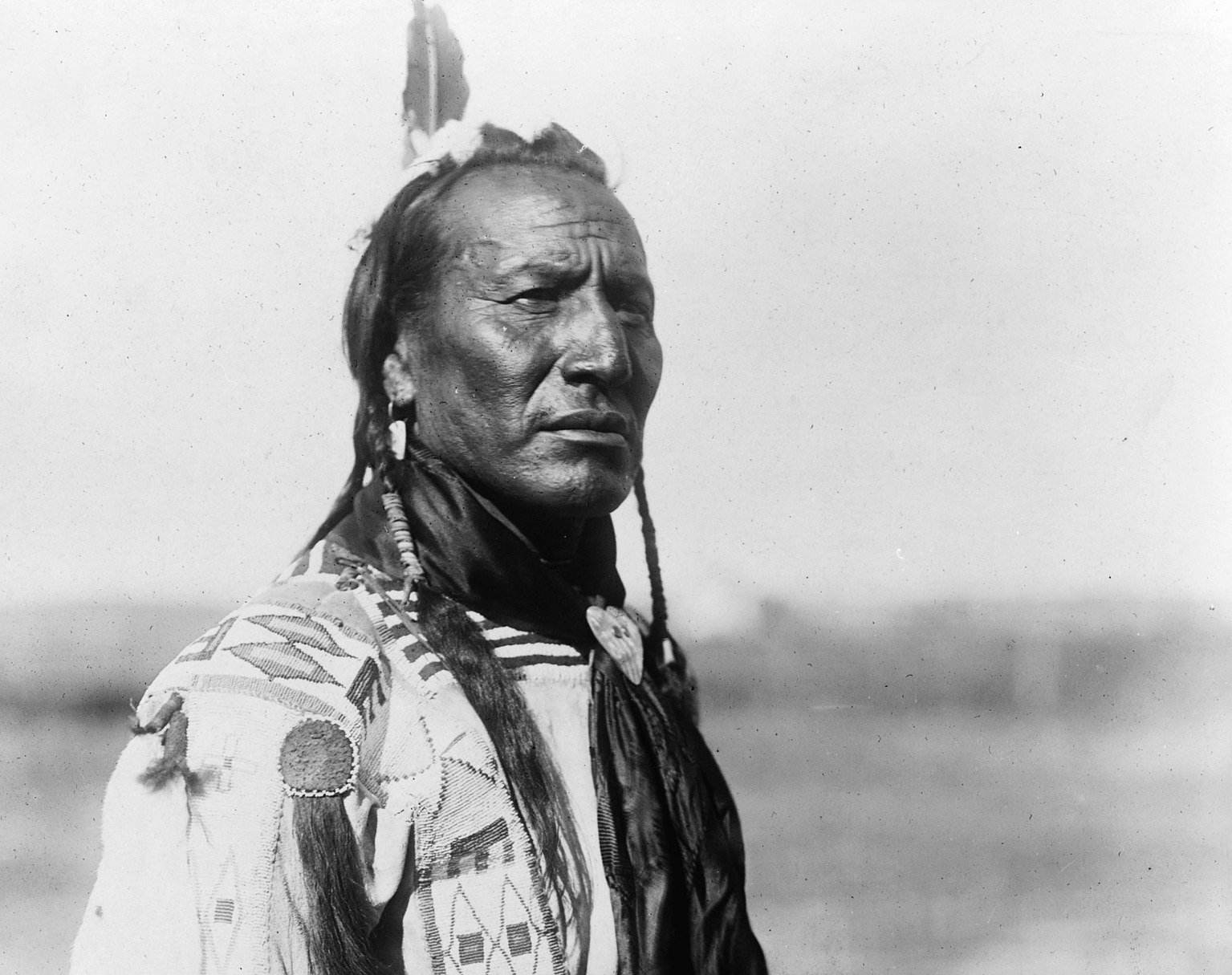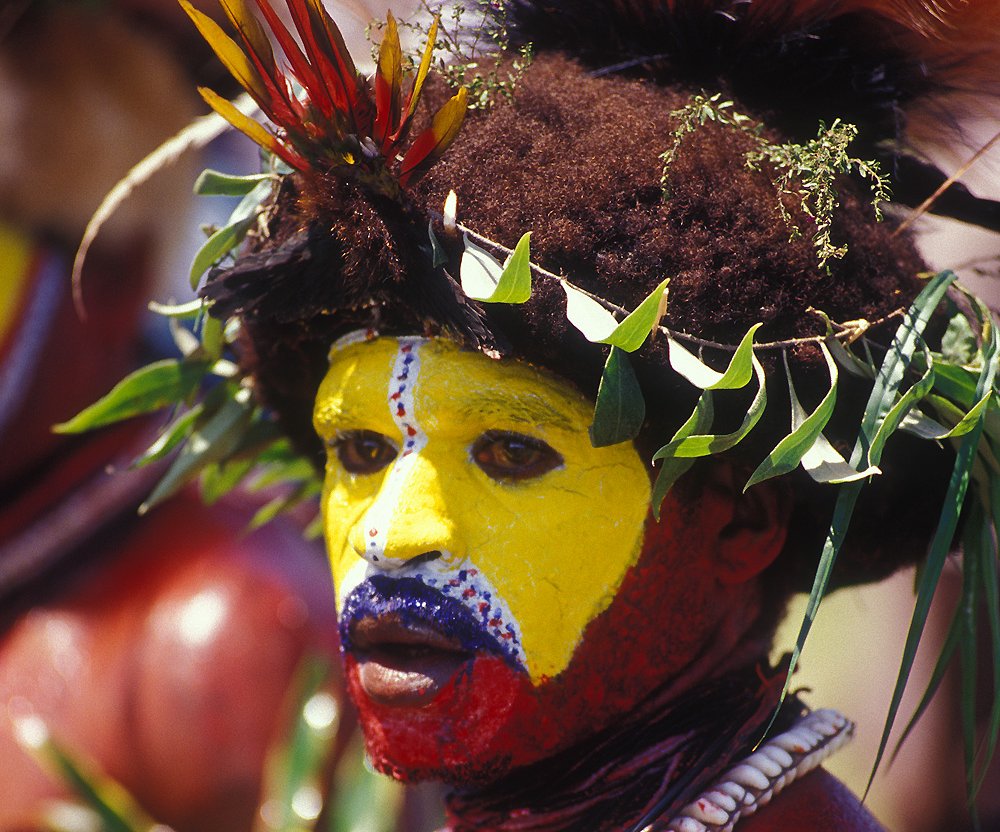Innate human power
Many native tribes throughout history have gained fame for their intimidating battle reputation, tactical skills, and endurance. From the vast plains of the U.S. to the South American rainforests, these tribes left a lasting impact on history via their military prowess and cultural influence.
Apache
The Apache were skilled in guerrilla tactics and rugged terrain, excelling in unexpected assaults. Their swift and silent movements made them challenging to track. Famous leaders of the Apache like Geronimo led the tribe to defy even U.S. forces, proving themselves as a formidable force.
 Rinehart, F. A., CC BY 4.0, Wikimedia Commons
Rinehart, F. A., CC BY 4.0, Wikimedia Commons
Arapaho
The Arapaho were rulers of the plains. They were especially known for their skilled fighters, horseback riding, and alliances with tribes like the Cheyenne and Lakota. Historically, they defended their land against European settlers and U.S. military forces.
 National Archives at College Park, Wikimedia Commons
National Archives at College Park, Wikimedia Commons
Arawak
The Arawak were a powerful people in the Caribbean known for their warrior traditions, weapon expertise, and organized communities. They were widely respected in their region and feared for their combat skills. When Spanish explorers arrived to seize their land, they put up an impressive resistance.
Absyssinians
The Abyssinians were a tribe historically known for their military strength, strategic location, and defensive tactics. The Kingdom of Aksum, later Abyssinia, became a dominant power in the Horn of Africa. They were skilled fighters, protected their territory, and formed alliances to fend off invaders.
 msafari2425, CC BY 2.0, Wikimedia Commons
msafari2425, CC BY 2.0, Wikimedia Commons
Aztec
The Aztecs were a violent tribe in American history known for their human sacrifice rituals, including cutting out the hearts of victims while alive. They believed these sacrifices would please the sun and moon, whom they considered deities. Their violence made them one of the most dangerous tribes.
 Juan de Tovar, Wikimedia Commons
Juan de Tovar, Wikimedia Commons
Berbers
The Berbers have always been a historically strong and intimidating tribe, with a sizable warrior population in West Africa. They showed great bravery in many historic battles, which include conflicts with major empires like Spain, Persia, and the Romans.
 Collectie Wereldmuseum, CC BY-SA 3.0, Wikimedia Commons
Collectie Wereldmuseum, CC BY-SA 3.0, Wikimedia Commons
Blackfoot
The Blackfoot were skilled hunters and warriors on the Great Plains, known for their horseriding abilities and successful ambushes. They utilized weapons like bows and lances to protect their land, and over time, they earned respect and fear from other tribes.
 Edward S. Curtis, Wikimedia Commons
Edward S. Curtis, Wikimedia Commons
Caribs
The Caribs, the first tribe known for cannibalism, spread the practice to other parts of the world, becoming one of the most dangerous tribes globally. Columbus named them Caribs, with an alternative term being Caniba, meaning "those who consume human flesh".
 John Gabriel Stedman, Wikimedia Commons
John Gabriel Stedman, Wikimedia Commons
Cherokee
The Cherokee protected their territory from settlers and rival tribes in the 18th and 19th centuries. During confrontations, they would showcase their strength using weapons like bows, arrows, and tomahawks. Their organized society, combat skills, and connections made them a very powerful tribe.
 Boston Public Library, CC BY 2.0, Wikimedia Commons
Boston Public Library, CC BY 2.0, Wikimedia Commons
Cheyenne
Cheyenne warriors employed skilled archers and and fearless foot soldiers equipped with war-clubs during battle. They had extensive knowledge of the flatlands that gave them a tactical advantage, as well as strong partnerships with the Lakota and Arapaho to help them defend their land against invading U.S. forces.
 William Henry Jackson, Wikimedia Commons
William Henry Jackson, Wikimedia Commons
Comanche
The Comanches are one of the most fearsome tribes in U.S. history. They successfully resisted the U.S. army, defeated other tribes, and halted Spanish and Texan expansion. The U.S. frontier even retreated due to Comanche resistance. After the Civil War, Union leaders like Grant, Sherman, and Sheridan sought to conquer the Comanche threat, succeeding in 1875 with superior strength.
 Department of Defense, Wikimedia Commons
Department of Defense, Wikimedia Commons
Crow
In the 1870's, Crow warriors were utilized as scouts in the Indian Wars in the West, battling the Sioux and Nez Perce. During the famous Battle of the Little Big Horn, General Custer utilized Crows as his scouts, armed with bows and arrows, war clubs, spears, and hide shields.
 Edward S. Curtis, Wikimedia Commons
Edward S. Curtis, Wikimedia Commons
Dahomey Amazons
Dahomey women fighters were skilled and fierce warriors, guarding the king in the African kingdom. Known as mino or ahosi in the Fon language, they were compared to Greek mythological Amazons by European observers impressed by their abilities.
 Unknown Author, Wikimedia Commons
Unknown Author, Wikimedia Commons
Haida
The Haida of Canada were feared for their "lightning raids" on coastal communities, which stemmed from exceptional seamanship, high-quality boats, and a secure island stronghold. Anthropologists likened them to the "Indian Vikings" for their aggression and ruthlessness.
 Canadian Museum of History, CC BY-SA 4.0, Wikimedia Commons
Canadian Museum of History, CC BY-SA 4.0, Wikimedia Commons
Huli
The Huli people of Papua New Guinea are infamous for their violent history of intertribal conflict, but are now hospitable to tourists and outsiders. Despite holding onto their traditional customs, they are open to interactions with individuals from different communities.
 Nomadtales, CC BY-SA 3.0, Wikimedia Commons
Nomadtales, CC BY-SA 3.0, Wikimedia Commons
Huns
The Huns spread fear across Europe with their skilled mounted archery, superior horsemanship, and strategic maneuvers. After defeating the Visigoths, they gained control over Germanic tribes and battled the Romans. By 432, they united under a single king, either Rua or Rugila, for centralized leadership.
Inca
The Inca were known for their fierce warrior society, but they were not overly aggressive and only resorted to violence when necessary. They saw war as costly and preferred diplomacy, resorting to brutal tactics only if initial attempts failed.
 Brooklyn Museum, Public domain, via Wikimedia Commons
Brooklyn Museum, Public domain, via Wikimedia Commons
Iroquois
The Iroquois were aggressive, attacking other tribes to expand their own. The Huron, Erie, and Susquehannock tribes were almost wiped out by them . Iroquois boys trained for war with weapons, with acts of courage leading to high status and potential leadership. Captives faced the "running of the gauntlet" and potential assimilation or deadly torture.
 Arthur C. Parker, Wikimedia Commons
Arthur C. Parker, Wikimedia Commons
Kiowa
The Kiowa were known allies of the Comanche who clashed with the U.S. Army. They were mostly settled in the central regions of the U.S. to Mexico, but relocated to reservations in 1877. Some Kiowa warrior groups remained free on the American frontier, contributing to the deaths of many during conflicts with enemies.
 William S. Soule, Wikimedia Commons
William S. Soule, Wikimedia Commons
Maasai
The Maasai of Tanzania have a history going back to the 17th century. They were feared for their tall, powerful warriors who protected their land and livestock. They were pushed from their Rift Valley homes by colonization and national parks in the 1950s. Despite challenges, they maintain their cultural heritage and connection to nature today.
 Ninaras, CC BY-SA 4.0, Wikimedia Commons
Ninaras, CC BY-SA 4.0, Wikimedia Commons
Maori
The Maori are a Polynesian tribe that settled in New Zealand in the 11th to 13th century. Over the course of history, they developed a renowned warrior culture. Their aggressive tribal factions with distinct weapons and combat skills have earned them a fearsome reputation as some of the fiercest fighters in the South Pacific.
 Josiah Martin, Wikimedia Commons
Josiah Martin, Wikimedia Commons
Maya
The Classical Maya era was not as peaceful as it is often made to be. During that time, there were brutal battles between powerful cities like Tikal and Calakmul. Spanish explorers faced constant attacks and guerrilla tactics from the Maya. Tah Itza was the last Mayan city to fall in 1697, years after the Salem Witch Trials.
Nubians
The Nubians were situated in the Nile Valley, spanning Sudan and southern Egypt. They were a powerful tribe renowned for their military prowess, strategic location, and rich culture. They developed advanced weapons like archers and armored soldiers, successfully defending their territory against threats from ancient civilizations such as the Egyptians, Assyrians, and Romans.
 Frank and Frances Carpenter Collection, Wikimedia Commons
Frank and Frances Carpenter Collection, Wikimedia Commons
Pawnee
In the 1800s, the Pawnee people charged fees for crossing their lands and often resorted to theft or attacks if not paid fairly. Known for their tracking skills, they were feared by white travelers and accused of murders along Nebraska trails, prompting settlers to arm themselves for protection.
 Unknown Author, Wikimedia Commons
Unknown Author, Wikimedia Commons
Sioux
The Sioux were a prominent tribe in the resistance against the U.S. government during the Indian Wars. They were known for their leadership figures like Sitting Bull and Crazy Horse. Their battles, such as Little Bighorn and Custer's Last Stand, were legendary. The U.S. army often faced uncertainty when encountering Sioux warriors, unsure of the true number hidden nearby.
 John Grabill, Wikimedia Commons
John Grabill, Wikimedia Commons
Somalis
The Somali tribes are known for their self-sufficiency, perseverance, and strong warrior societies, leading to a feared reputation. Living in the Horn of Africa, they often engage in disputes over resources and government control, with skilled guerrilla fighters at the forefront.
 AMISOM Public Information, Wikimedia Commons
AMISOM Public Information, Wikimedia Commons
Tlaxcalteca
The Tlaxcalteca are a Nahua group from Tlaxcala, Mexico that aided Spanish conquistadors in defeating the Aztec Empire in 1521. Conflicts between the Tlaxcallans and Aztecs were generally purposed for capturing enemy warriors for sacrifice, which added to their fearsome reputation.
 Diego Muñoz Camargo, Wikimedia Commons
Diego Muñoz Camargo, Wikimedia Commons
Tupi
The Tupi were fearless warriors who surprised the Europeans with their weapons and bow skills. They avoided nighttime battles, preferring to attack in the morning with gourd trumpets. During war, they painted their bodies and sometimes wore feathers, lacking a formal leader but heeding advice from elders. They displayed their victories through piercings and teeth necklaces made from their enemies.
 Valter Campanato/ABr, CC BY 3.0, Wikimedia Commons
Valter Campanato/ABr, CC BY 3.0, Wikimedia Commons
Yaqui
The Yaqui people, originally from Mexico, migrated to Arizona in the late 19th and early 20th centuries to escape government persecution. They were known as the "Apache" of Mexico and "Fighting Farmers of Mexico" due to their aggressive resistance against intruders.
 Unknown Author, Wikimedia Commons
Unknown Author, Wikimedia Commons
Zulu
Shaka Zulu, the leader of the Zulu tribe of South Africa, introduced military changes that made the Zulu powerful. He's compared to "black Napoleon" for his reforms. He taught close combat fighting, spear-throwing, improved logistics, and created the deadly "bull horn" formation.











